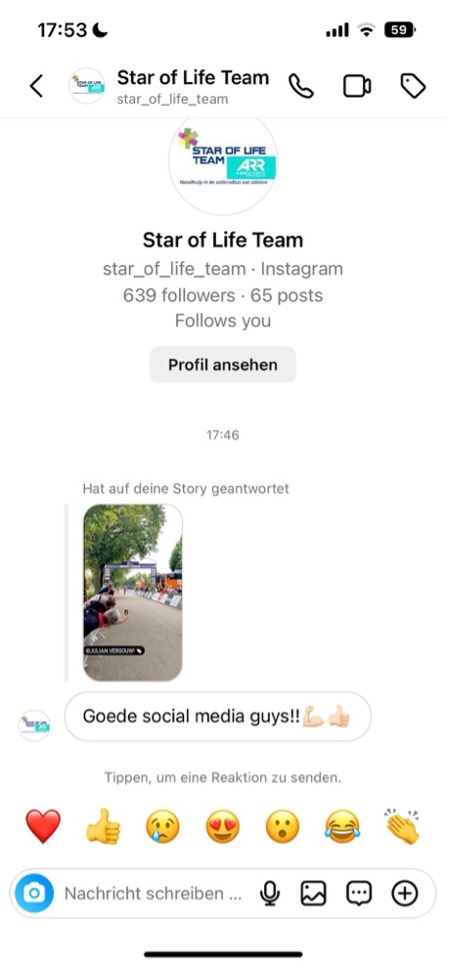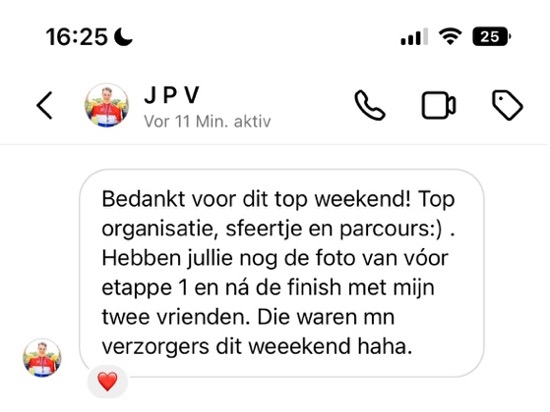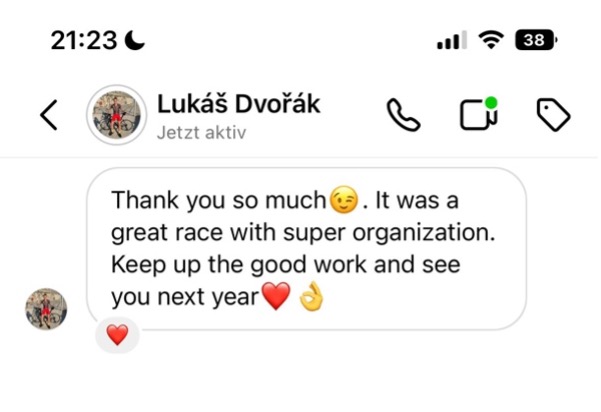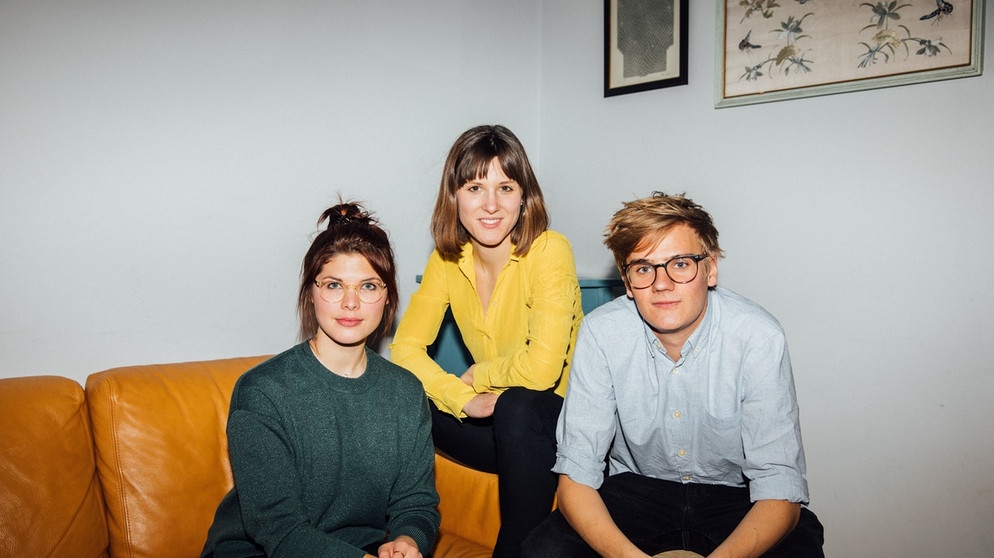Here is a recap of the social media campaign for the Acht van Bladel 2023:
Goals:
1. Brand awareness:
– Post reach: Get as many people as possible to reach with our posts.
– Follower: Instagram: started with 508, now 1094 followers
TikTok: started with 0, now with 1001 followers
2. Manage brand reputation:
– Brand mentions and relevant hashtags: Get as many people to mention @achtvanbladel
– How often are people talking about us, special reach out.
Also got a special report in the official UCI Jury report of the event. That the social media this year was outstanding and this is a good example how other races should spend more energy into their social media aswell. The UCI is trying to put races for juniors like this on the map. And how we tackled the social media this year was the way to do so they said.
The UCI, Union Cycliste Internationale, is the international organization of the cycling sport. It oversees and regulates all cycling disciplines, establishes rules, organizes international competitions, promotes global development of the cycling sport at the international level.





3, Improve community engagement:
As much as possible
Here are the average results of the social media posts:
| Instagram Reels | ||||
| Likes | Views | Comments | Shared | Saved |
| 475 | 23873 | 2 | 3 | 14 |
| Instagram Photos | ||||
| Likes | Reach | Comments | ||
| 85 | 803 | 0 | ||
| TikTok | ||||
| Likes | Views | Comments | Shared | Saved |
| 389 | 5762 | 3 | 8 | 13 |
As you can see Instagram reels and TikTok have more potential than a photo posted on Instagram. Further you can see that there are very little comments in all the posts we posted. Maybe that is something to work on.
We also put a lot of effort in the after movie which is mostly to show other sponsors what kind of event the Acht van Bladel is. That’s why performance is less important but here are the results from that:
| 2022 | 2023 | 2024 | |
| YouTube | 30 | 119 | ?? |
| 990 | 2869 | ?? | |
| 1600 | 1700 | ?? |
Reparation before the event:
Since we also made the after movie of the 2022 edition, we knew a little bit what to improve but not to every detail. In 2022 we only made an after movie and did nothing with the social media so that was completely new.
Team:
Director/ Preproduction/Camera/Edit/Social media: Kris van Hout
Camera 2: Mirre Roymans
Social media 1: Nele van Hout
Social media 2: Richard Caddock
Drone: Ruud Hooijen
Photographer: Peer van Rooij
Planning
I didn’t do the whole campaign on my own but I was the “director” if that’s the right word. But I also did most of the preproduction work. We rented all the gear so we were fully equipped for the weekend.
DP 7588 Panasonic S5 body
LO 8372 Fader ND 82mm Kenko / Hoya
LP 7239 Panasonic Lumix S PRO 70- 200mm f/2.8 OIS
AM 8112 SD card 128GB 95MB/s
We also used the Panasonic S5 from my cousin (Mirre)
For social media we looked deep into similar similar cycling tour account to come up with inspiration and saved already a lot of music so we could use it on-site. So, we have a list of wished content what we wanted to post. The only thing is that we had to get those right shots.
Further we had all the routes of all the stages but we had to figure out a good schedule to get as much footage as we could in the short period of time.
All with all we made already a lot of progress compaired to 2022 but there is still a lot to improve for the next edition.
Sources:
https://blog.hootsuite.com/smart-social-media-goals/
https://www.instagram.com/achtvanbladel/
